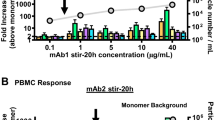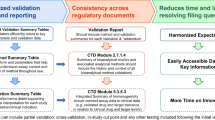Abstract.
Interferons (IFNs) are potent extracellular protein mediators of host defence and homoeostasis. This article reviews the structure of human IFN-β (HuIFN-β), in particular in relation to its activity. The recently determined crystal structure of HuIFN-β provides a framework for understanding of the mechanism of differentiation of type I IFNs by their common receptor. Insights are generated by comparison with the structures of other type I IFNs and from the interpretation of existing mutagenesis data. The details of the observed carbohydrate structure, together with biochemical data, implicate the glycosylation of HuIFN-β, which is uncommon among type I IFNs, as an important factor in the solubility, stability and, consequently, activity of the protein. Finally, these structural implications are discussed in the context of the clinical use of HuIFN-β.
Similar content being viewed by others
Author information
Authors and Affiliations
Additional information
Received 12 June 1998; received after revision 16 July 1998; accepted 16 July 1998
Rights and permissions
About this article
Cite this article
Karpusas, M., Whitty, A., Runkel, L. et al. The structure of human interferon-β: implications for activity. CMLS, Cell. Mol. Life Sci. 54, 1203–1216 (1998). https://doi.org/10.1007/s000180050248
Issue Date:
DOI: https://doi.org/10.1007/s000180050248




